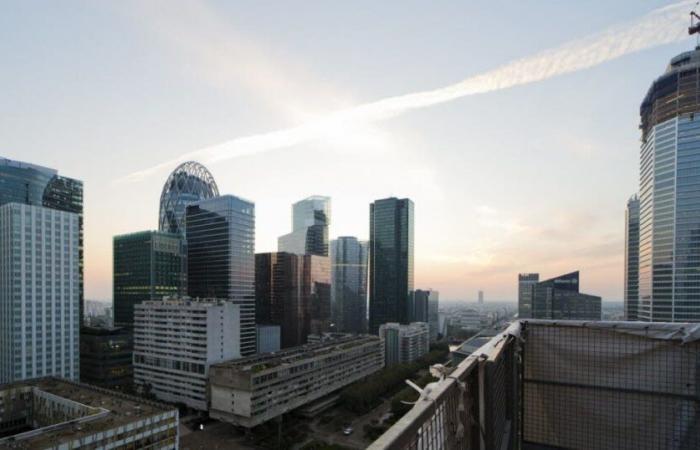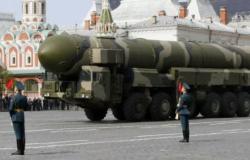
French private sector activity recorded its sharpest contraction since January in November, with a PMI Flash index falling for the third consecutive month, the S&P Global agency and the Hamburg Commercial Bank, which calculate this index, indicated this Friday.
Lowest since January
The Flash PMI stood at 44.8 in November, the lowest in 10 months, compared to 48.1 in October. “Many companies surveyed attributed this drop in overall activity to weak demand” from businesses and households, the press release indicates.
“The survey data indicates an acceleration in the contraction, both in the services sector and in the manufacturing industry in the middle of the fourth quarter,” underline S&P and HCOB. Production has thus “fallen sharply” in the manufacturing sector, with the highest rate of contraction since December 2023. Manufacturers attribute this drop in activity to several factors, including the weakness of the automotive, cosmetics and construction sectors, as well as a gloomy situation on foreign markets.
Lack of political and economic visibility
“Service providers, for their part, mentioned a lack of economic and political visibility, resulting in a greater reluctance of customers to incur expenses.” Activity “thus recorded its sharpest decline since last January” in services.
The volume of new business also contracted in November, a decline which was “the most marked in four years”. This trend “primarily reflects a sharp decline in new orders in the manufacturing industry.”
The overall decline in sales “is also explained by a very sharp decline in foreign demand, geopolitical tensions and the weakening of demand from the United States”, which led to “the sharpest contraction in new business in export since May 2020.
The outlook for activity for the next twelve months “is trending downward for the first time since May 2020” in the private sector in November, as many businesses fear that prolonged weakness in demand will be synonymous with a contraction in activity during 2025.
Favorable employment trend
Respondents to this survey explain their pessimism by “the current climate of uncertainty, caused in particular by the gloomy economic situation”, and “by the closure of businesses and the weakness of the automobile and construction sectors”.
S&P and HCOB, however, note “a favorable trend” on one point: “employment has started to rise again”, with a job creation rate at a six-month high, “exclusively” due to an increase in numbers in services.
Germany: winter recession in sight
The gross domestic product (GDP) of Europe's largest economy grew by 0.1% between July and September, compared to the previous quarter, a downward revision of 0.1 point compared to the institute's first estimate. Destatis.
Germany, stuck in a crisis in its industrial model, thanks to this increase escaped a technical recession while second quarter GDP contracted by 0.3%. Friday's figures, however, are not “a sign of a rebound”, rather “confirmation that the German economy is mired in stagnation”, believes Carsten Brzeski of ING. It has avoided a summer recession, “but a winter recession is looming on the horizon,” he adds.





